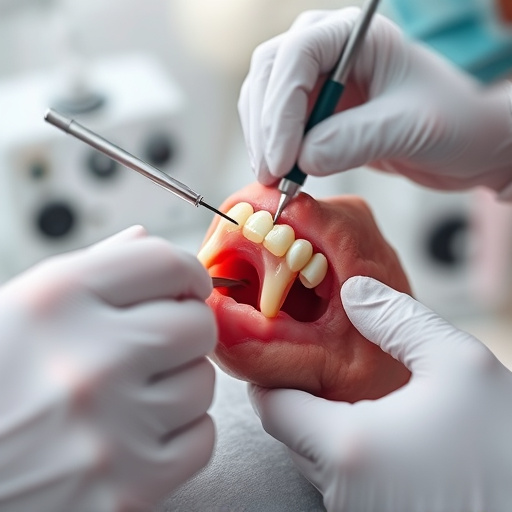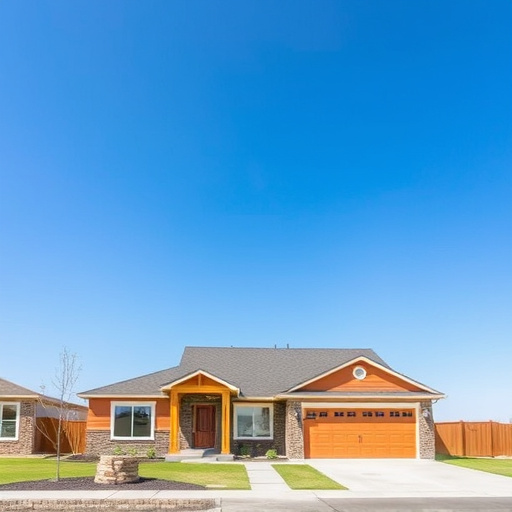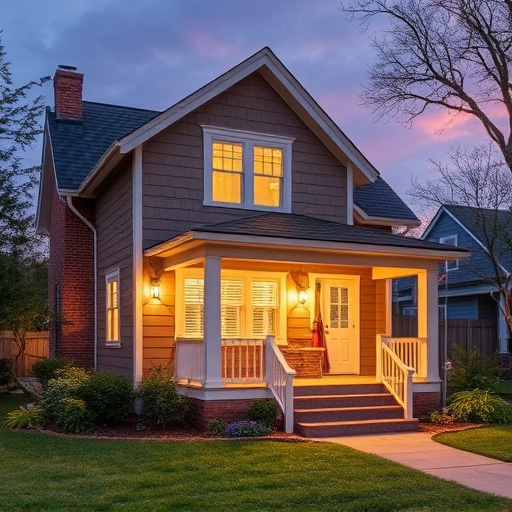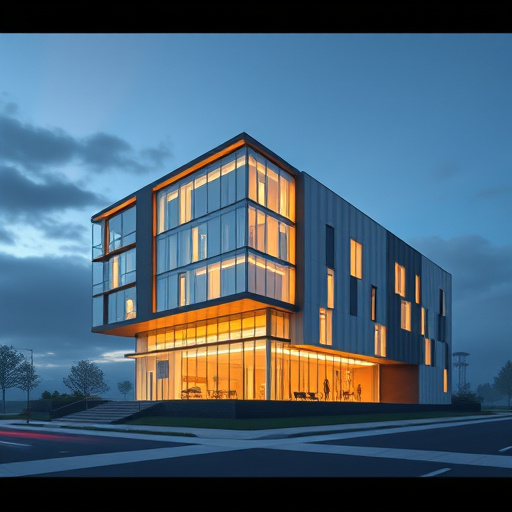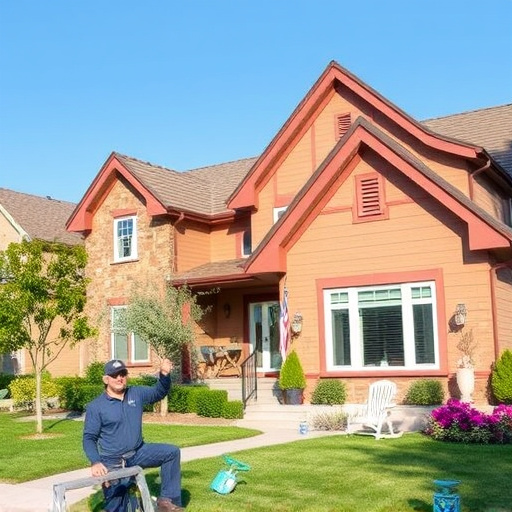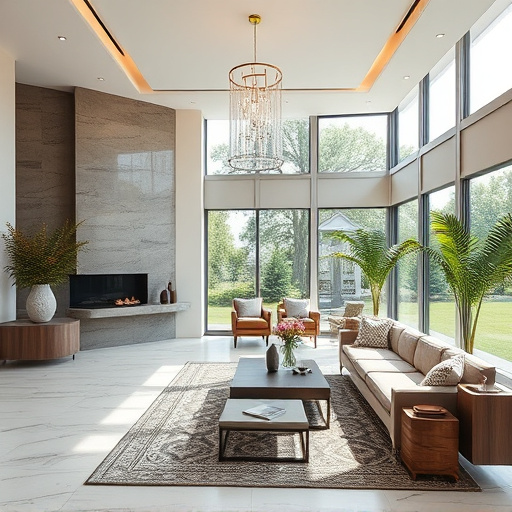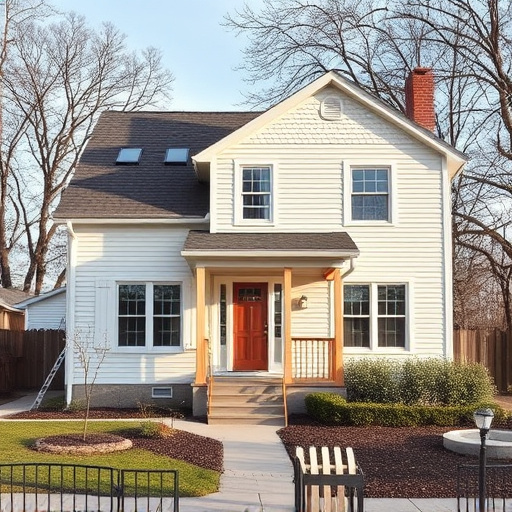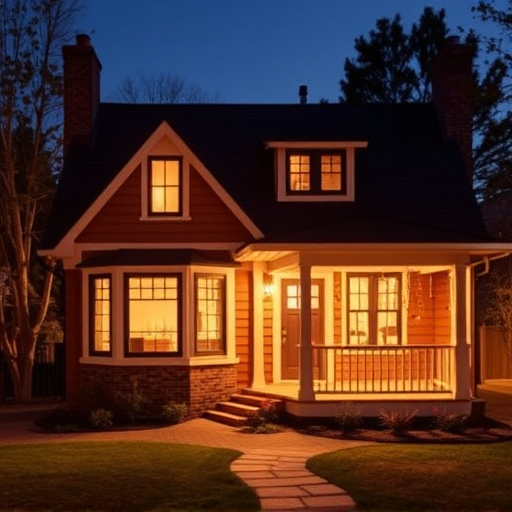Passive solar heating and cooling building design maximizes southern exposure through large south-facing windows and open floor plans for heat distribution. Natural ventilation techniques using cross-breezes, reflective interior painting, strategic window, skylight, and vent placement reduce reliance on mechanical systems, improving energy efficiency and cost savings in home renovations. Efficient ventilation, careful orientation, and innovative cooling strategies ensure year-round indoor comfort while embracing sustainability.
In today’s quest for sustainable and energy-efficient buildings, passive solar heating and cooling (PSHC) offers a game-changing approach. This article explores how strategic building design can harness the power of the sun to create comfortable indoor environments year-round. We’ll delve into the fundamental principles behind PSHC, key design elements for maximizing solar gain, and efficient ventilation strategies to ensure optimal comfort while minimizing energy consumption.
- Understanding Passive Solar Heating and Cooling Principles
- Key Design Elements for Optimal Solar Gain
- Implementing Efficient Ventilation Strategies
Understanding Passive Solar Heating and Cooling Principles
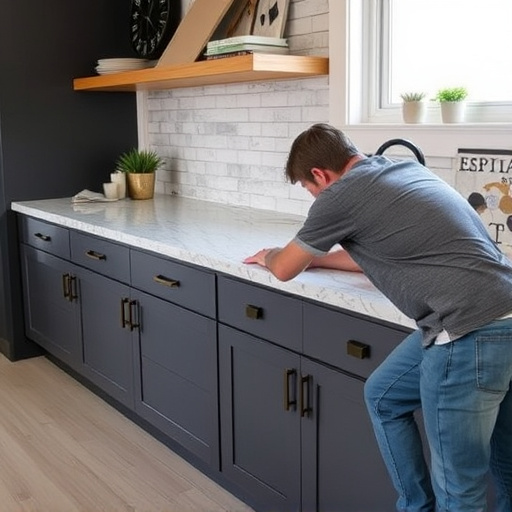
Passive Solar Heating and Cooling is an innovative building design strategy that leverages natural energy sources to create comfortable indoor environments year-round. At its core, this principle aims to minimize reliance on mechanical systems by capturing and distributing solar heat during colder months, while providing shading and ventilation to keep spaces cool in warmer seasons. Understanding these principles is the cornerstone of sustainable building design, enabling architects and builders to create structures that are not only energy-efficient but also aesthetically pleasing and comfortable for occupants.
By integrating custom solutions tailored to specific climates and orientations, home renovations can become more than just updates; they can transform spaces into harmonious connections between the built environment and nature. Whether it’s a bathroom remodel or a complete overhaul, incorporating passive solar techniques can result in reduced energy costs, improved air quality, and a healthier living space. This approach respects both the environment and the desires of homeowners for comfort and style, making it an increasingly popular choice in the home renovation market.
Key Design Elements for Optimal Solar Gain
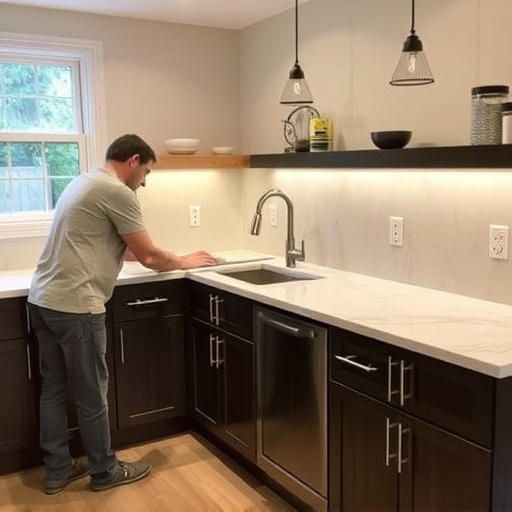
In the realm of building design for passive solar heating and cooling, strategic elements are crucial to achieve optimal energy efficiency. One key design element is orienting the building to maximize southern exposure, allowing sunlight to enter and heat interior spaces during colder months. Large, south-facing windows can act as a conduit for solar gain, warming the air and reducing the need for artificial heating. Additionally, designing with an open floor plan encourages warm air circulation, distributing heat evenly throughout the space.
Natural ventilation plays a significant role in passive cooling. Strategically placed windows and vents, designed to take advantage of cross-breezes, can facilitate airflow, lowering interior temperatures during warmer seasons. Interior painting with light, reflective colors can also help bounce sunlight away from the building’s mass, reducing heat absorption. For those considering whole house remodels or home improvement services, incorporating these design elements can significantly enhance energy performance and create more comfortable living spaces without relying heavily on mechanical systems.
Implementing Efficient Ventilation Strategies
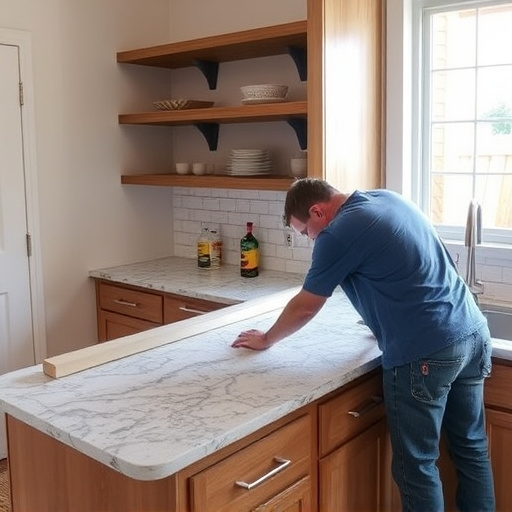
In the realm of building design for passive solar heating and cooling, efficient ventilation plays a crucial role in achieving optimal indoor comfort year-round. Strategic placement of windows, skylights, and vents allows for natural airflow, minimizing the need for mechanical systems. This is particularly beneficial in home additions or renovation services, where integrating sustainable practices can enhance energy efficiency while reducing operational costs. By carefully considering the building’s orientation and designing open, connected spaces, fresh air can circulate effortlessly, expelling warm air during summer months and drawing in cool breezes when needed.
Through innovative building design, ventilation strategies such as cross-ventilation, stack effect, and passive cooling techniques like roof or wall vents become integral components. These methods not only facilitate the exchange of indoor and outdoor air but also help regulate temperature fluctuations. Whether for a complete home renovation or strategic upgrades, implementing these efficient ventilation practices ensures a comfortable living environment while promoting sustainability in today’s digital era.
Passive solar heating and cooling offer a sustainable and efficient approach to building design, leveraging natural resources to create comfortable indoor environments. By understanding key principles, incorporating strategic design elements, and implementing effective ventilation strategies, architects and builders can create energy-efficient structures that minimize environmental impact while providing optimal thermal comfort for occupants. Investing in building design with passive solar heating and cooling is a step towards a more sustainable future.






